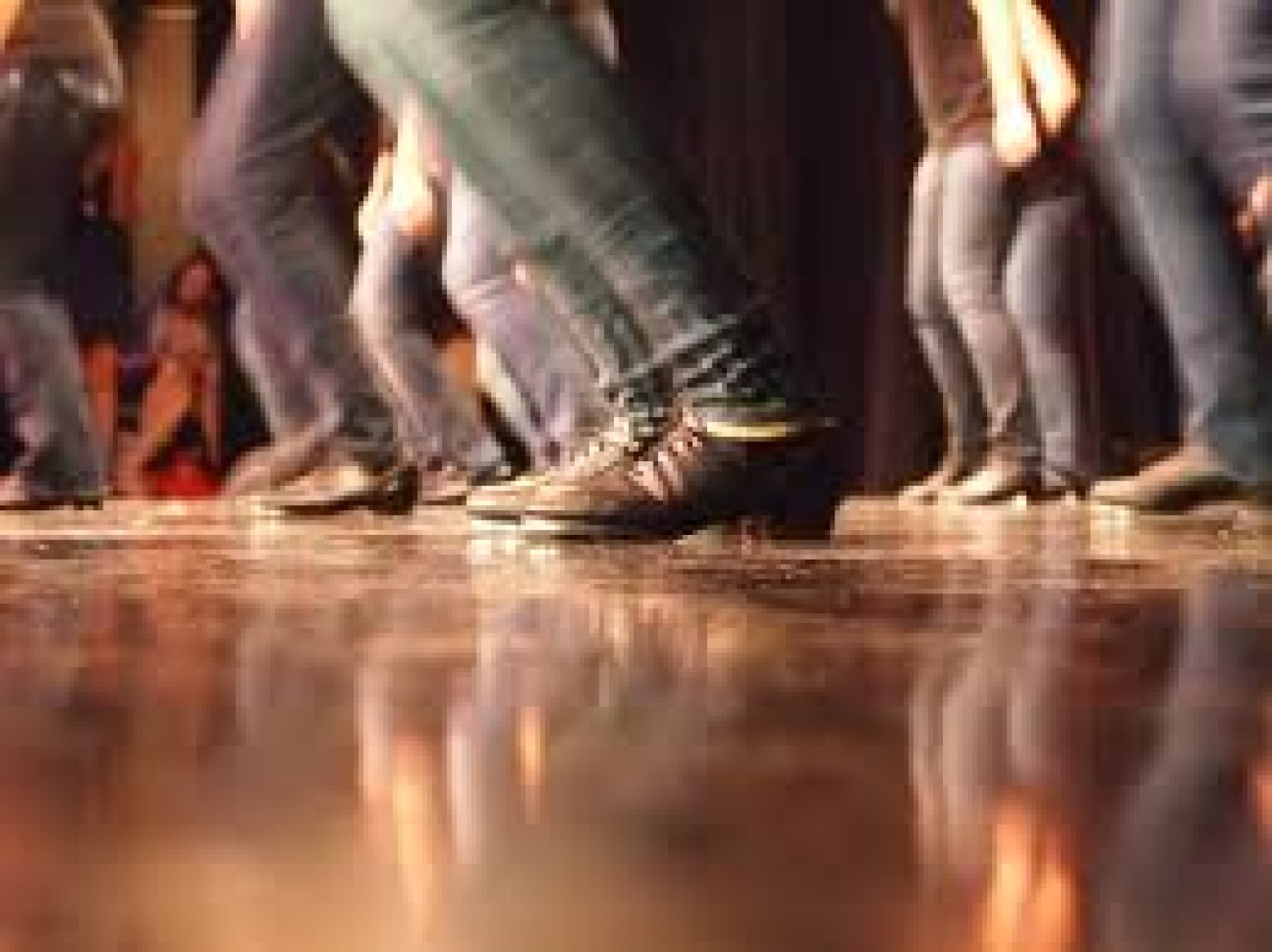Cross-Training Benefits: Tap Dancing

Cross-training doesn’t work for everyone. That might seem like a strange way to begin an article on cross-training, but there it is. Where it works best however, is when you know there’s something specific you lack in your dancing, that another dance style, like tap dancing, tends to emphasize.
So, what does tap dancing offer that can improve our movement?
1. Footwork!
Obviously, tap dancing uses your feet a LOT. Hitting the floor in a way that produces the right sound requires an impressive level of control in your foot placement.
2. Enunciation.
Because tap dancing requires clean, clear sounds, it can be particularly good at developing clean footwork. In other words, making each movement distinct and separate from the rest – like when we enunciate our words.
3. Musicality.
Unlike most dance styles, tap dancing tends to express everything BUT the beat. This let’s you play with the different instruments you hear, which develops your sense of what instruments are there to dance to.
4. Timing.
Like with hip hop, tap dancing often has you syncopating on half-beats, quarter-beats, eighth-beats or smaller. You may not step right on ‘1’, but you’ll get very familiar with everything you can do between ‘1’ and ‘2’.
5. Improvisation.
As you might imagine, all this musical expression leaves a lot of room to play with your personal interpretation of the music. Remember: Variation is interesting!
6. Balance.
All that precise footwork requires equally precise balance. Tap dancing requires you to stay forward on your feet, to maintain better control while you move.
7. Upper vs Lower Body Coordination.
A challenging aspect of many dances is coordinating the movement of the upper and lower body. Tap dancing lets you approach it from another angle, maintaining a relaxed upper body, offset by the staccato movement of the legs. Especially useful for ballroom dancers.
8. Choreography.
Much like contemporary dance, tap dancing requires you to develop a better understanding of the intention behind a movement, rather than woodenly dancing through a set of instructions. The more easily you can mesh your understanding with that of your choreographer, the better you work together.
Want to give tap dancing a try? Check out Amy Lintunen’s classes at the Joy of Dance Centre, from 5-6pm and 6-7pm. See you here!
Previous Theme Articles:
Cross-Training Benefits: Ballet Classes
Cross-Training Benefits: Hip Hop Classes
Cross-Training Benefits: Contemporary Classes
About the Author
Ian Crewe has been dancing ballroom for over 18 years, and has a Licentiate in American smooth and rhythm. His passion for dance eventually led him to blogging and the World Wide Web. Ian currently teaches at the Joy of Dance Centre, Toronto, ON, Canada.

